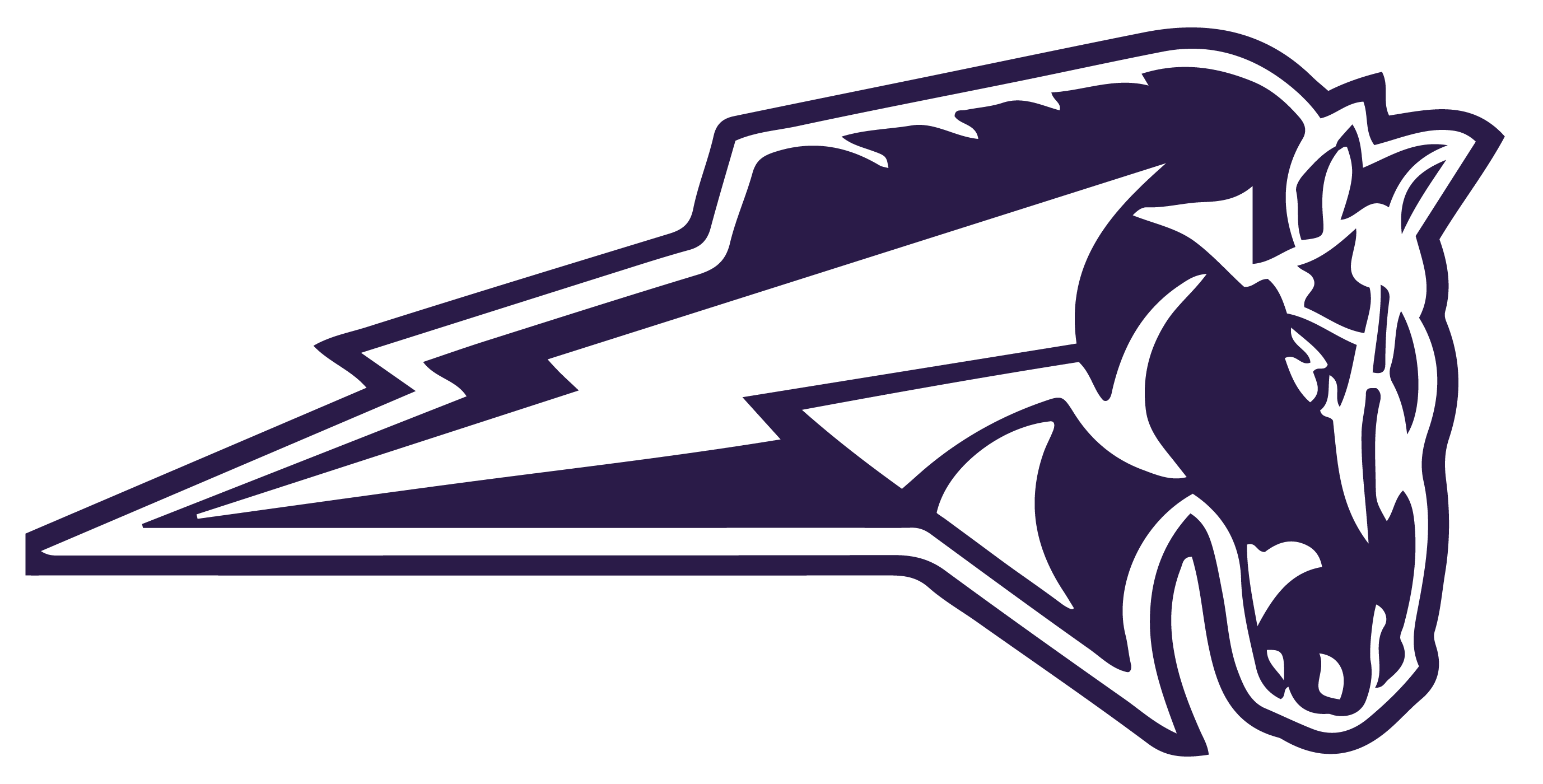7 - MATH
MATHEMATICS GRADE 7
RATIOS AND PROPORTIONAL RELATIONSHIPS 7.RP
3. Use proportional relationships to solve multi-step ratio, rate, and percent problems. For example: simple interest, tax, price increases and discounts, gratuities and commissions, fees, percent increase and decrease, percent error.
GEOMETRY 7.G
B. Solve real-life and mathematical problems involving angle measure, area, surface area, and volume.
4. Circles and measurement:
Math Antics - Circles, Circumference and Area
6. Solve real-world and mathematical problems involving area, volume, and surface area of two- and three-dimensional objects composed of triangles, quadrilaterals, polygons, cubes, and right prisms.
STATISTICS AND PROBABILITY 7.SP
C. Investigate chance processes and develop, use, and evaluate probability models.
5. Understand that the probability of a chance event is a number between 0 and 1 that expresses the likelihood of the event occurring. Larger numbers indicate greater likelihood. A probability near 0 indicates an unlikely event, a probability around 1⁄2 indicates an event that is neither unlikely nor likely, and a probability near 1 indicates a likely event.
Math Antics - Basic Probability
8. Find probabilities of compound events using organized lists, tables, tree diagrams, and simulation.
a. Understand that, just as with simple events, the probability of a compound event is the fraction of outcomes in the sample space for which the compound event occurs.
b. Represent sample spaces for compound events using methods such as organized lists, tables, and tree diagrams. For an event described in everyday language (e.g., “rolling double sixes”), identify the outcomes in the sample space which compose the event.
c. Design and use a simulation to generate frequencies for compound events.
For example, use random digits as a simulation tool to approximate the answer to the question: If 40% of donors have type A blood, what is the probability that it will take at least four donors to find one with type A blood?
Compound Events - Organized Lists
Review - Compound Events - Organized Lists
Compound Probability - Organized Lists, Tree Diagrams and Fundamental Counting Principle
Using Tree Diagrams and Organized Lists to Find Probabilities
Compound Probability - Using and Not Using a Tree Diagram
Compound Probability - Independent and Dependent Events
Compound Probability - Independent and Dependent Probability
Fundamental Counting Principle Review
FEEDBACK - Big Ideas Section 10.5FEEDBACK - BIG IDEAS CHAPTER 10 REVIEW
